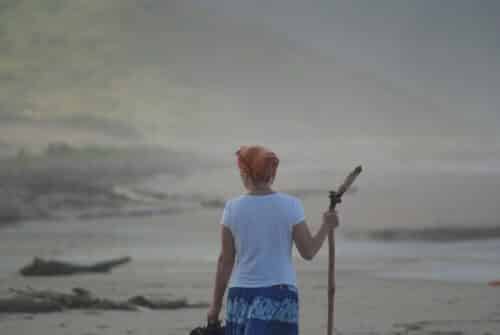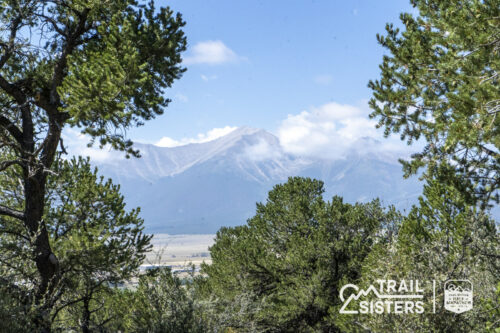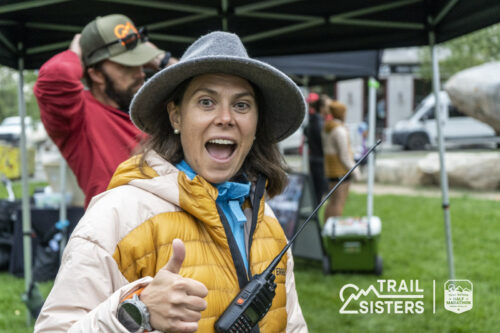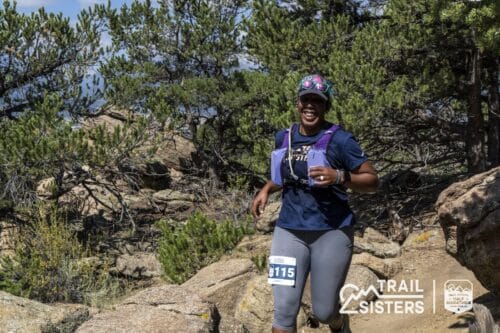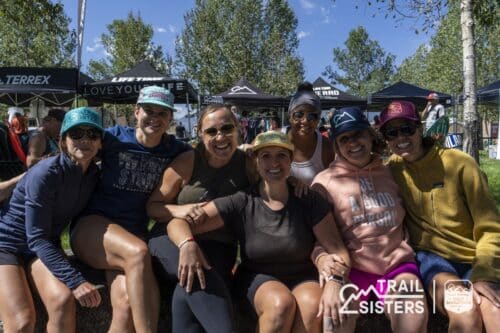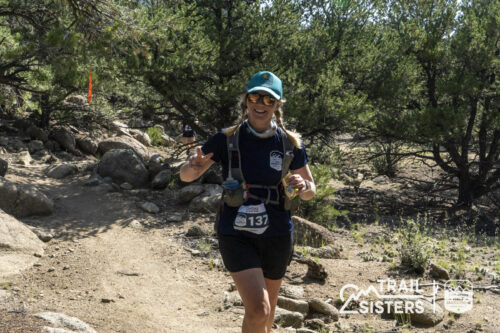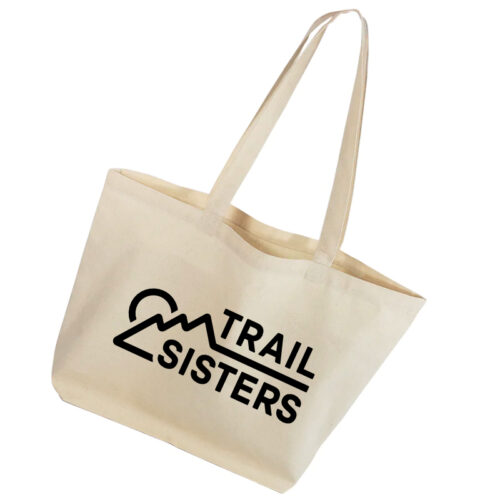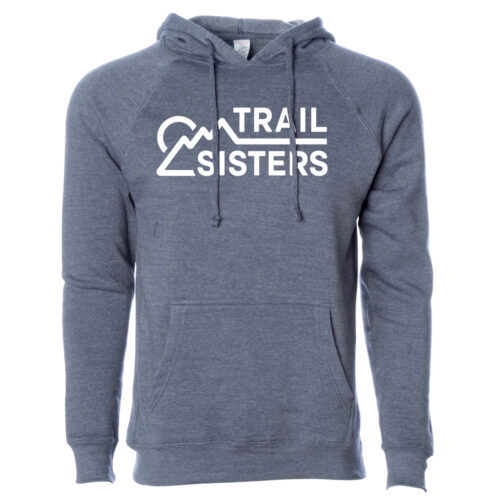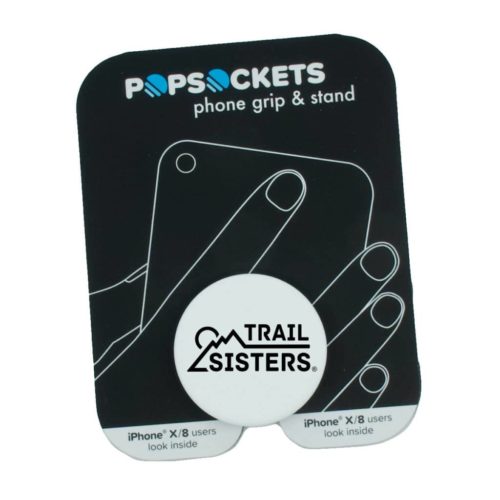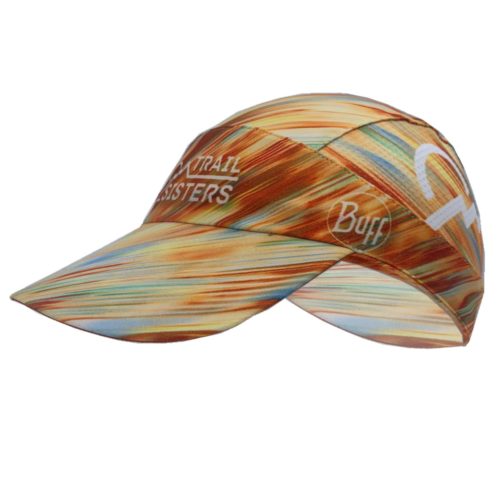Main Menu
Running Through Winter

Doreen Jarman lives in Bend, OR with her husband and one-year-old Golden Retriever and running partner, Yeti. She grew up in Oregon and spent time living in Idaho, Utah, Washington and Wyoming before moving back to her home state two years ago. She worked in the technology industry for most of her career, but her passion is being away from her computer and in the outdoors. Doreen finished several trail ultramarathons and road marathons, but enjoys the chatty runs through the woods and long days in the mountains with other women. When not running/hiking, she enjoys mountain biking, skiing, backpacking, camping, paddle boarding and binging documentary TV shows. She also recently became a local group leader for the Trail Sisters, Bend chapter.
Share This Article!
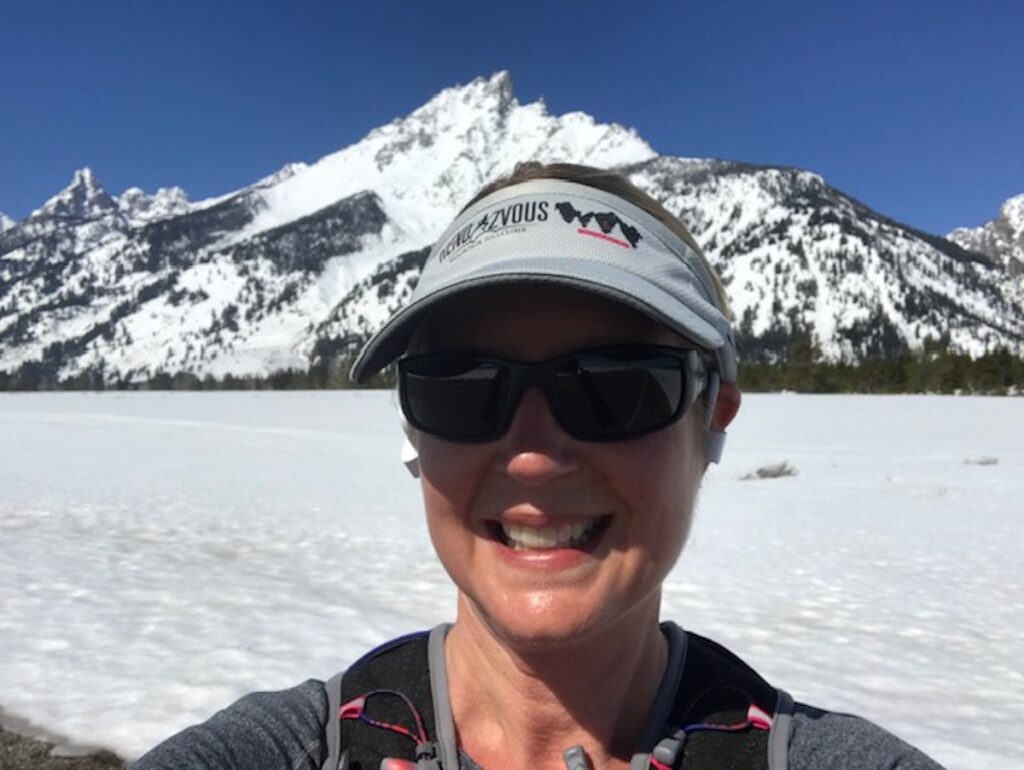

By: Doreen Jarman
It has been an extremely mild start to winter in the West. Skiers, snowboarders, sledders, and snowmobilers are lamenting about the lack of snow. Meanwhile, I have enjoyed every micro spike and beanie-free run of the season!
After spending most of my early running years on the rainy, yet mild west side of the Cascade Mountains of Oregon and Washington, I moved to Jackson Hole, WY in 2012. I knew the cold and snowy climate would be my new reality – part of the reason we moved was for the powder skiing and proximity to the mountains. I had no idea how hard it would be to run through the winter months. And by winter, I mean October through May or even June in the Tetons. In fact, the long winters wore me down enough that we moved back to Oregon in 2021. However, to Central Oregon, where the weather still demands some gear and ambition to get out during the dark, snowy and bitterly cold days.
When we first moved to Jackson, I was surprised by the number of people who simply stopped running once the weather turned. Sure, there were other sports to keep fit in a place where the mountains are literally out your back door. But for someone who sees running as their one constant mental health savior (see my earlier article, My One Constant), I couldn’t imagine just stopping it completely for six to eight months or moving indoors to run on a treadmill. So, I adapted and made winter running a part of my new reality. I have found it comes down to gear and prioritization to stay motivated.
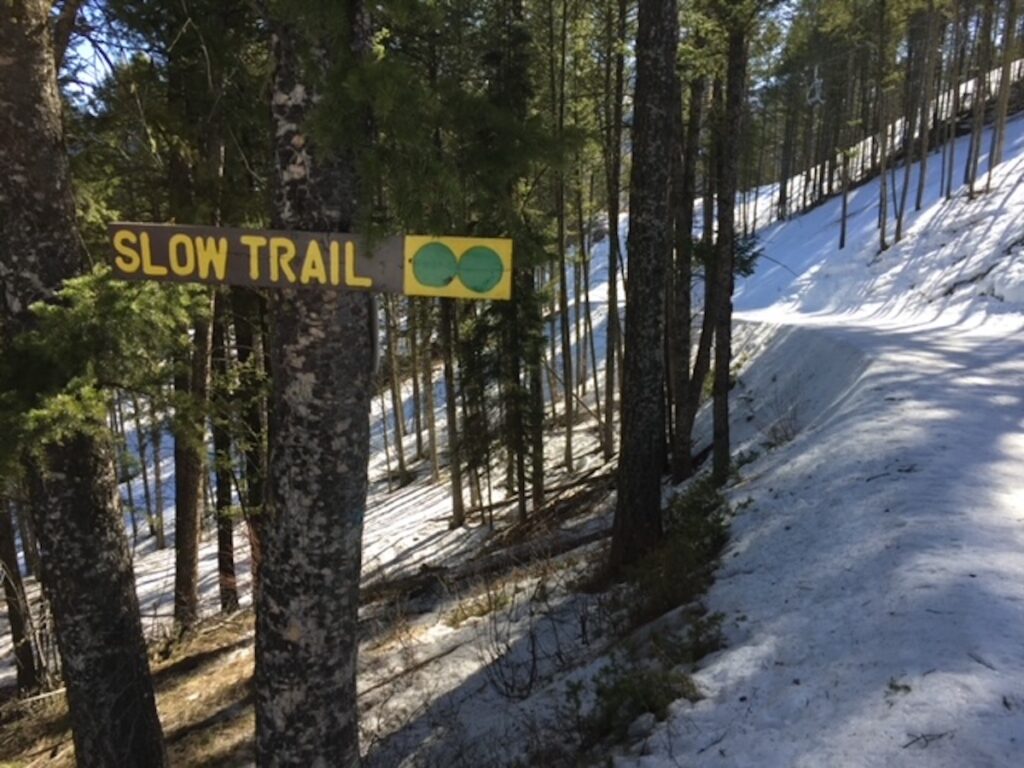
Gear is an obvious adjustment for winter. Here are a few of my must-have pieces, head to toe:
- Hats and buffs of all weights: Once the temperature dips below 40, I need a little something on my ears. Typically, a lightweight buff worn as a headband does the trick. Sometimes I’ll add an extra buff to my neck, which I can pull up around my face if there is windchill. When it dips into the 20s, I may transition to a breathable beanie to keep heat from escaping through the top of my head.
- Sunglasses with interchangeable lenses: I wear contact lenses, so my eyes are sensitive to the cold and wind. I always run in sunglasses and have a pair with interchangeable lenses for sun and low light. I got a pair that fit well with my bike helmet so I can wear them for multiple sports.
- Sports bra with phone pocket: I always take my phone on my runs, especially in winter. I like the extra security it provides if I need help in winter conditions. There are several sports bras available with phone pockets which are great for keeping your phone battery against your body and from draining in the cold.
- Long sleeved layers: When the core of my body is really getting cold it can affect my desire to be out there. I generally wear a thin base layer over my sports bra to start. If it’s above the mid-30s, this is generally enough to keep me warm once I start sweating. Once it dips down into the 20s, I’ll add a breathable wind shell or lightweight grid fleece. The teens and 20s are where a softshell, breathable jacket come into play.
- Glove and mittens: My hands generally warm up after a mile of running but sometimes the windchill can make them get cold or even go numb. If it’s below 30, I wear a pair of light, breathable gloves. In the 20s, I might switch to a pair of mittens. I look for a pair that snap together in case I need to take them off and carry them. Nothing is worse than losing just one glove on the trail.
- Insulated water bottles or bladder: I’ve had my hydration for longer runs completely freeze. It seems there are many more insulated bottle and bladder options available for running vests these days. I may also use warm water, knowing it will cool while I’m running.
- Tights of all thickness: I prefer running in shorts whenever possible, but when it dips below 42 degrees, I switch too long tights. Above 28 degrees, I wear thinner tights with compression. Once it dips below 28, I switch to some fleece lined tights to keep my thighs warmed up.
- Socks of all lengths and thickness: While the ankles generally stay warm while running, snow and wind chill can make them surprisingly sensitive. I generally switch from shorter, thinner socks to merino wool calf-length socks in winter. They keep your toes warm and the wet snow from freezing your feet.
- Trail running shoes: Whether running on pavement, snow or broken ice, trail running shoes just feel safer in winter. They have a bit more grip for mixed conditions. I’ve had waterproof trail runners some years, but it seems like standard trail running shoes will generally work. If the snow is excessively deep and wet, your feet are going to get wet no matter what.
- Nanospikes: Ice can be absolutely crippling to winter running. Investing in a pair of nanospikes that pull over your running shoes are necessary on packed, slick snow or on icy roads. I find that I slightly adjust my foot strike with nanospikes, purposefully landing on my whole foot rather than my forefoot to engage more of the spikes in the ice.
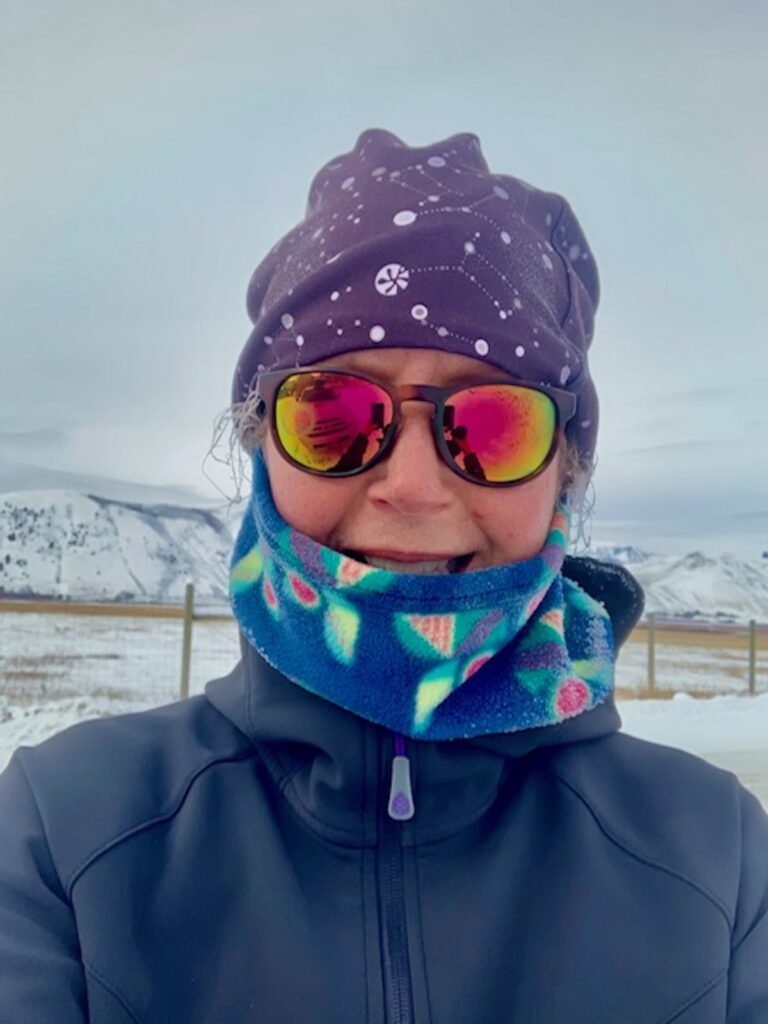
Even with all this gear, it can get expensive and exhausting. Winter running is challenging. There have been days where I refreshed the weather app every 15 minutes, waiting for it to sneak into double digit temps to make running tolerable. I’ve adjusted my routes to maximize the sun, yet limit windchill.
A couple of other things I’ve found useful are:
- Being flexible about timing: I have been lucky to work remotely for the past decade or so. This allows me to adjust my usual pre-work runs to be later in the day. Sometimes this allows ice to melt a bit and the temps to warm up.
- Putting runs on the calendar: I typically look at my calendar and the weather app a couple of days out and plan my runs. If I put them on my calendar, someone is less likely to book over them and I look forward to the break my day.
- Thinking through gear in advance: Remote work also provides the luxury of wearing running gear during video meetings. Sometimes I will wear my sports bra under my clothes and throw on my running tights first thing in the morning. For some reason, being halfway dressed for my run makes it easier when it’s time to head out the door.
- Finding a local running group: I found Trail Sisters Bend when I moved in 2021. RSVPing makes me more likely to show up for runs. I also discovered a lot of my local trails and met some amazing women by joining Trail Sisters.
- Planning to run on vacations: Most people who live in winter environments plan their vacations to warmer climates for time off. I always take running clothes on vacation and it’s like a special treat to run in sand or heat when I know it’s snowing back at home.
- Signing up for a spring race: I have found that having a spring race on the calendar helps me to stay motivated through winter. I never want to show up unprepared or pay for a race I don’t start.
- Embracing the other winter sports: I enjoy downhill, backcountry and cross-country skiing. I don’t do them super regularly, but when I do it’s nice to have the cross training and feel muscles that don’t get used while running.
- The treadmill can be your friend: Some days it’s just too cold, too icy, or too dark to get outside. While the treadmill is my last resort, sometimes it feels good to put on shorts and sweat it out to some good tunes or podcast without worrying about slipping on ice or freezing water bottles. It’s also a great way to get some vertical miles in at a slower pace.
- It’s ok to take a day off: Keeping up running fitness through winter doesn’t have to mean running every day. It’s ok, and important, to take rest days. A sideways snowstorm may be Mother Nature’s way of telling you it’s time to rest and appreciate your body for what it allows you to do on better weather days.
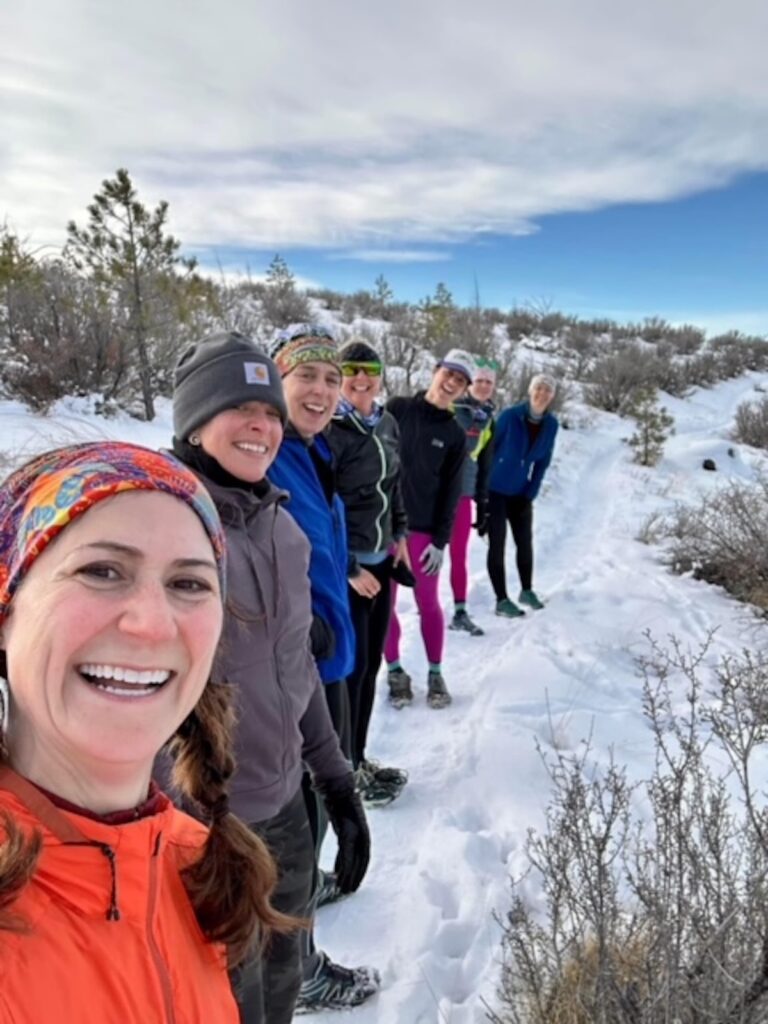
Running through winter isn’t for everyone, and for some runners’ winter is a welcome break for the body and mind. But for those who rely on it year-round for mental and physical fitness it is possible to embrace and even enjoy it!
About the Author

Doreen Jarman lives in Bend, OR with her husband and one-year-old Golden Retriever and running partner, Yeti. She grew up in Oregon and spent time living in Idaho, Utah, Washington and Wyoming before moving back to her home state two years ago. She worked in the technology industry for most of her career, but her passion is being away from her computer and in the outdoors. Doreen finished several trail ultramarathons and road marathons, but enjoys the chatty runs through the woods and long days in the mountains with other women. When not running/hiking, she enjoys mountain biking, skiing, backpacking, camping, paddle boarding and binging documentary TV shows. She also recently became a local group leader for the Trail Sisters, Bend chapter.
Share This Article!



